- Details
By Tony Roach
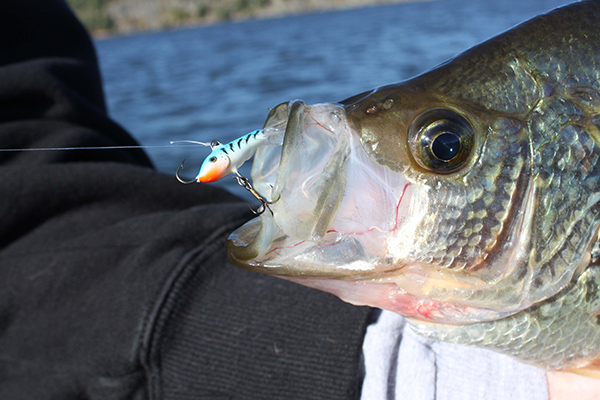 Drop Jigging Raps on Breaklines for Fall Panfish
Drop Jigging Raps on Breaklines for Fall Panfish
Leave the bait bucket at home this fall – you can load your boat with panfish by targeting breaklines with Rapala Jigging Raps.
“I’ve almost exclusively gone away from live bait, and Jigging Raps have allowed me to do that,” says Tony Roach, an in-demand fishing guide on Minnesota’s Mille Lacs Lake. “I’m getting more strikes, getting better hook-ups and catching way more fish versus a jig-and-minnow, for example. It’s my go-to presentation for panfish, there’s no doubt about it.”
Long predominant as ice-fishing lures, Jigging Raps were proven equally productive as open-water baits in the last several years. Featuring a balanced, weighted minnow profile, they swim in tantalizing circles on the fall. With single reversed hooks on the nose and posterior, and a center treble hook hung from a belly eyelet, they don’t allow for missed bites — regardless of how a fish attacks, it’s running smack dab into a hook.
- Details
By Louie Stout
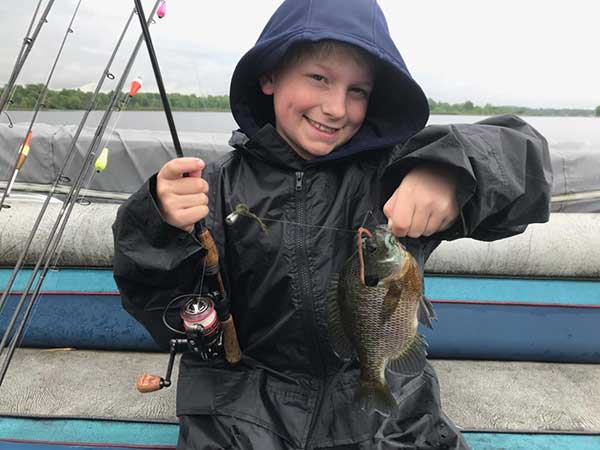 Bluegill Spawn Has Been a Good One
Bluegill Spawn Has Been a Good One
Gotta love those bluegills.
Everyone who has ever dangled a worm in Michiana waters knows how much fun they can be to catch – and equally good to eat.
Especially this year.
It’s the bluegill spawning season throughout the area and bluegills can be caught on just about every body of water.
It’s been that way for a couple of weeks, and according to Darrin Schaap, this might be the best spawning season he’s ever seen.
“I’ve never seen this many bluegills come up at once,” said Schaap, the owner of Clear H2o Tackle in Edwardsburg and one of the most avid bluegill angler in the region. “It’s starting to taper off but still remains strong.”
Bluegills spawn in waves, with the first being the biggest. There will be subsequent spawns over coming weeks, especially around full moon periods, and some bluegill spawn into July. Deeper, colder lakes run a little behind the shallower lakes.
“The first wave occurs in the most obvious places and often in the same places every year,” said Schaap. “Hot spots are sand or gravelly areas, reed beds or even clam beds. They usually spawn around some cover, like lily pads and other vegetation, but typically on a harder bottom.”
Avid bluegill anglers know those areas and pluck off the fish as soon as they appear on beds. But they can’t get them all.
- Details
By Chip Leer
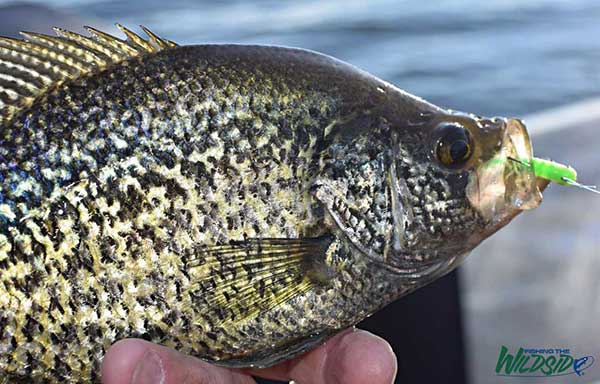 Tube Tricks For Spring Panfish
Tube Tricks For Spring Panfish
Panfish anglers across the country look forward to the annual spring fling, when schools of hungry sunfish and crappies invade fast-warming shallows to feed.
Simple tactics catch fish, which helps explain why many anglers dangle Aberdeen hooks or tiny jigs tipped with live bait below a small float or casting bubble.
- Details
By Chip Leer
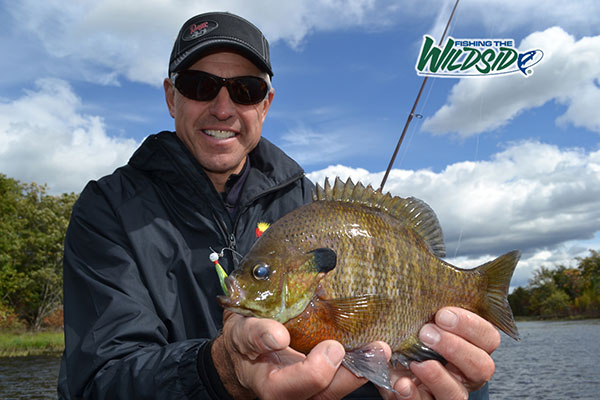 Catch The Pre-Ice Bite!
Catch The Pre-Ice Bite!
Don’t pack away your open-water tackle just yet. Winter’s impending arrival means it’s time to take advantage of a unique and highly productive fishing pattern I like to call the “pre-ice bite.”
Make no mistake, the lengthy feeding periods, extended strike windows and aggressive behavior of mid-fall are history once water temperatures dip into the lower 40-degree range. So the pre-ice bite doesn’t produce daylong action on active presentations like casting and trolling.
Instead, you have concentrated bursts of fish activity during prime times such as the last hour or so before and after sunset—with fish congregated in very predictable places. In most cases, you’ll find them in the same areas you will at first ice.
- Details
By Chip Leer
Fishing the WildSide
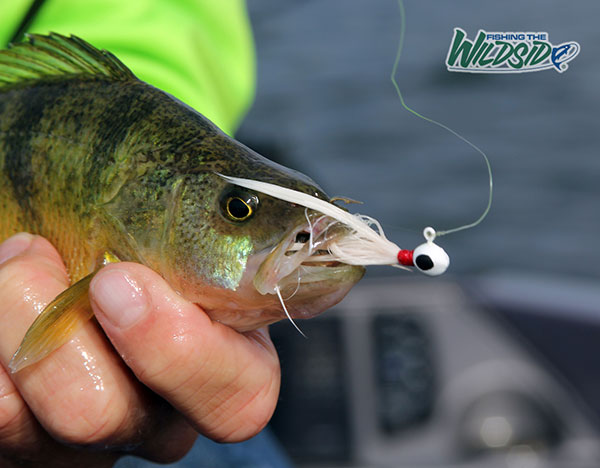 Timely Tactics for Finding Jumbos Fast
Timely Tactics for Finding Jumbos Fast
Fall is prime time to tap one of the year’s best yellow perch bites, as gluttonous jumbos gather in predictable places. If you’re a fan of fast action, fish fries and sweet-tasting fillets, you don’t want to miss it.
Here’s the deal: From the Great Lakes to large natural lakes and small inland honey holes, falling water temperatures trigger perch to abandon a variety of summer ranges in favor of shallow, food-laden flats, where they feast on protein-rich forage such as small crayfish before winter locks the lakes in its icy grip.
The shallow flats bite gets better as the water cools from the summer peak all the way to the fall turnover. After that, perch still roam the flats, but the big schools tend to break up.





